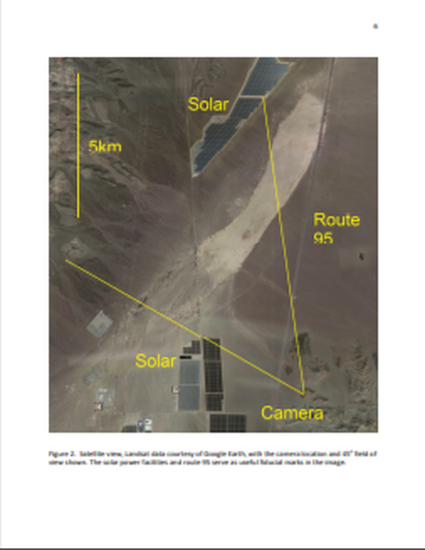
We report a May-June 2015 survey of dust devil activity on a Nevada desert playa using an inexpensive digital timelapse camera. We discuss techniques for exploiting the large volume of data (∼32,700 images, made publicly-available) generated in these observations, similar to imaging from Mars landers and rovers, noting the diurnal image filesize variations as a useful quick-look metric of weather conditions. We present results from a semi-automated image classification: this classification is available to other workers, for example for benchmarking automated procedures. The acquisition of images at 1/min for some 36 days permits study of the diurnal variation of dust devil activity (e.g. 85% of the dust devil images [i.e. those images manually classified as showing dust devils] occur between 12:00 and 17:00; during the period of peak activity 13:00–15:00 about 7% of images contain well-defined dust devils of several meters diameter or larger). The data also permit the dependence of dust devil characteristics on ambient conditions. We construct a simple two-state Markov model for the occurrence and persistence of dust devils (a few per cent chance that new dust devil activity appears in the next image; and a ∼45% chance that activity stops) which may help inform strategies for acquiring and interpreting field observations.
